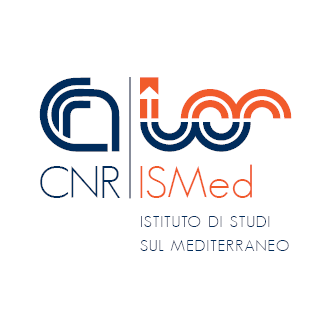Global Environment

The semi-annual journal Global Environment, founded in 2008 as a transdisciplinary history journal, serves as a bridge between existing research and studies in Environmental History around the world, with a non-exclusive focus on the modern and contemporary period. Our aim is to understand the processes through which current environmental problems have taken shape. In addition to this, we offer ample space for texts and reflections on current affairs. Our intention is to stimulate and collect studies and research that, albeit with different approaches and themes, share a conception of the environment as a perspective from which to look at the problems of the world and its history, economic development, social and productive relations, and relations between peoples.
The Journal is promoted and organised by the Institute for Mediterranean Studies (ISMed) of the National Research Council (CNR) in Naples and the Department of Technological, Environmental and Forestry Sciences (DAGRI), University of Florence. One of the three issues per year is produced by the Rachel Carson Center, an international research center dedicated to the study of environment and society from a wealth of different disciplines and international perspectives. Global Environment’s publisher is The White Horse Press, an independent family business, founded in 1991 with thirty years’ experience of managing and adapting to the systems and standards required in scholarly publishing.
The journal has a very authoritative editorial board composed of professors and researchers from all five continents. In addition to research articles, it also includes other sections such as Library, Interview, Around the World, Politics, Round Table, Dialogues, and Historiographies, which offer spaces for developing relevant topics in the public debate or for cultural and theoretical discussions. In the long years of the journal’s life, many topics have been addressed in the themed collections of research articles. To name but a few: ‘Environment and memory’, ‘Mediterranean and Mediterraneans’, ‘Small islands and natural hazards’, ‘Countryside and city’, ‘Environmental issues in socialist and post-socialist countries’, ‘Waste as a resource’, ‘Private property and natural disasters’.
The journal encourages the emergence of spatially and culturally diverse points of view. It aims to replace the notion of “hierarchy” with those of “relation’ and ‘exchange” – between continents, states, regions, cities, core areas and peripheral areas – in the construction and destruction (because exchange can also involve damage and degradation) of environments and ecosystems. Global environmental history cannot simply look at how the Western model has established itself in countries of the Global South but must also study how this model has merged with local experiences. This knowledge can only be achieved through global communication. We must transpose to the scientific level the great fusion of cultures that has been taking place for a long time as a result of globalisation in its various forms.
For this reason, the aim of our journal cannot only be to analyse the global or transnational aspect of historical processes. We must give voice and space to the historical experiences of the most remote regions of the globe by looking at them as autonomous and independent entities.
To achieve these goals, we strive to provide a means of communication and discussion between scholars from culturally and spatially distant areas, seeking to highlight the relationship between global phenomena and local factors. Case studies not only help us understand small-scale processes that are not reflected in global-scale research but also allow a better understanding of changes and adaptations at the biological and anthropogenic levels. The regional scale helps us avoid over-reliance on generalising interpretative paradigms, which today influence both research and the policy debate on global change. It also helps us to adapt to local conditions environmental policies that would otherwise be doomed to failure.
GE content up to 2013 is free to access on the magazine website and via IngentaConnect.
Global Environment, n. 18.3/2025
Global Environment, n. 18.2/2025
Global Environment, n. 18.1/2025
Global Environment, n. 17.3/2024
Global Environment, n. 17.2/2024
Global Environment, n. 17.1/2024
Global Environment, n. 16.3/2023
Global Environment, n. 16.2/2023
Global Environment, n. 16.1/2023
Global Environment, n. 15.3/2022
Global Environment, n. 15.2/2022
Global Environment, n. 15.1/2022
Global Environment, n. 14.3/2021
Global Environment, n. 14.2/2021

 CNR – ISMed
CNR – ISMed